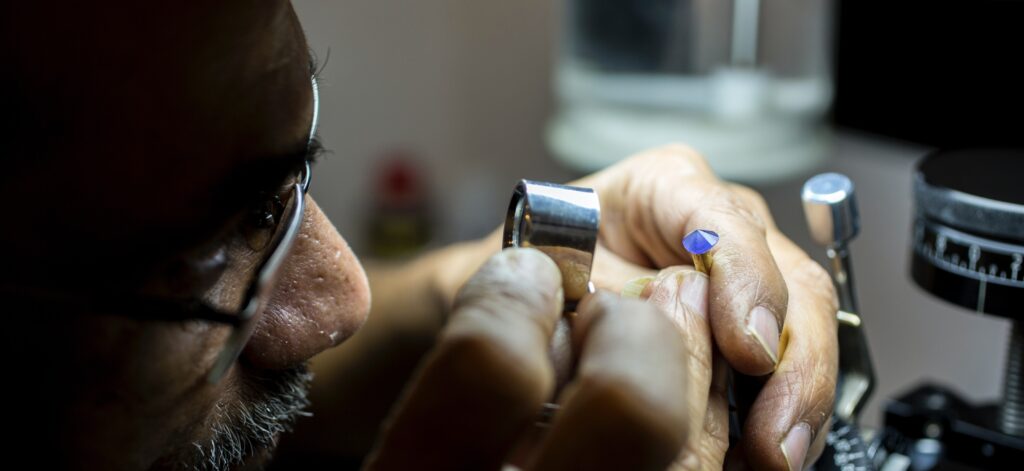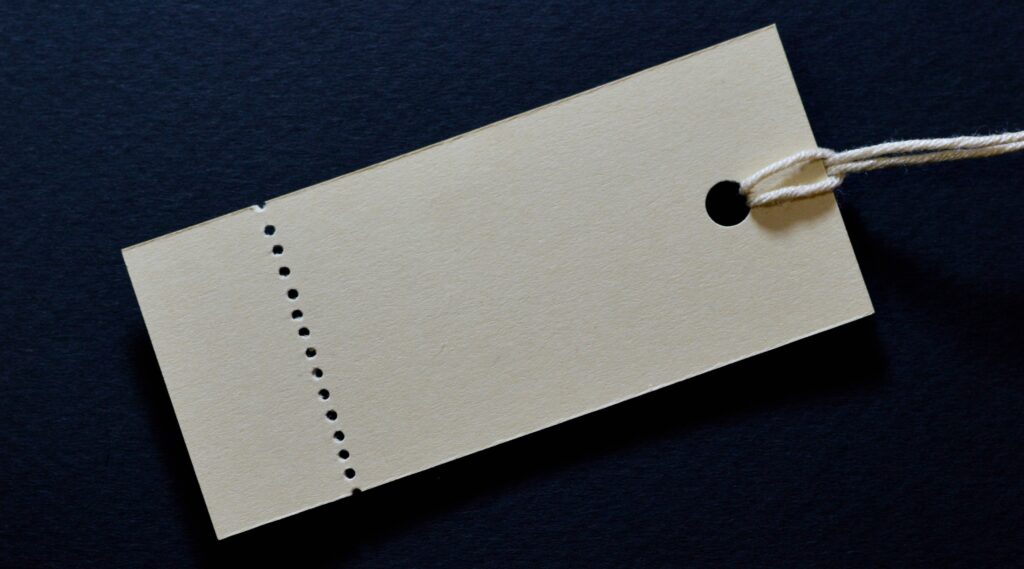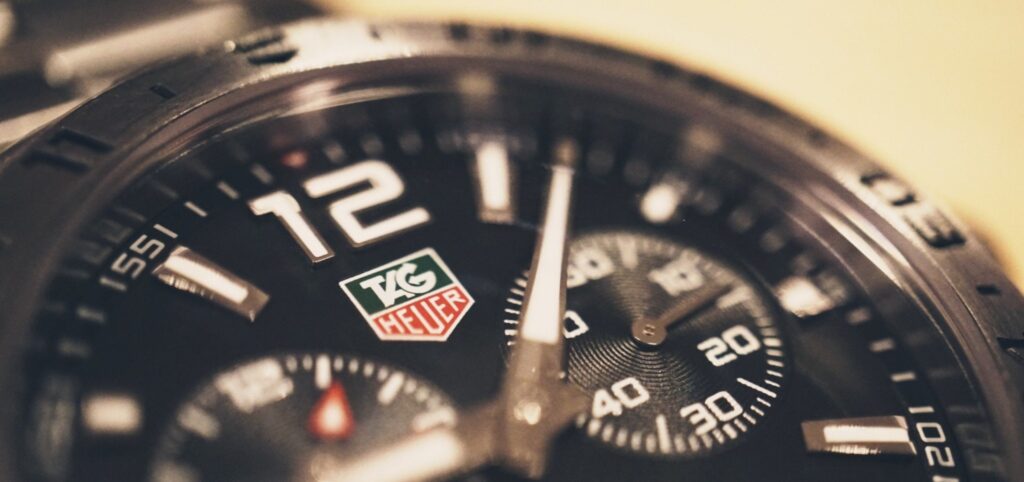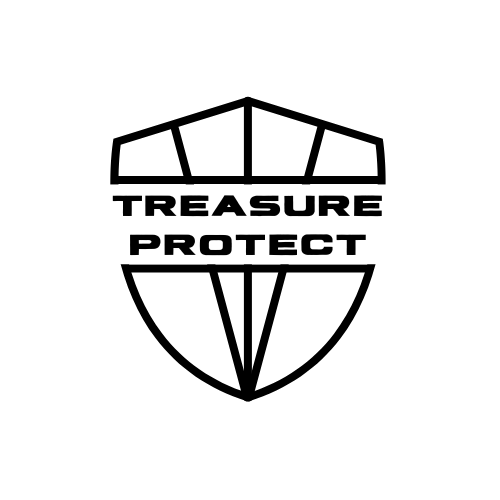First thing’s first — a receipt of your jewelry is NOT an appraisal. And a gemstone grading report/certification is NOT an appraisal. An appraisal is when an appraisal expert visually and manually inspects your jewelry in person (and sometimes via a laboratory) to determine the aptly named appraisal value. This inspection generates a detailed appraisal document, which is provided to you to give to your insurer. They then use this value to determine your coverage amount and ultimately your annual premium price. This document is also critical at claim time. It enables you, the insurer, and the jeweler to get you an appropriate replacement piece that looks, feels and is valued like your original piece.
That all being said, what you’re probably now wondering is where do I get an appraisal? Who can perform them? How much do they cost? And what finer details do I need to know. You can find those answers below.

Where do I go to get my jewelry appraised?
Depending on where you buy your jewelry, there’s a good chance they have an appraiser on-site. It’s definitely worth asking if they offer appraisals, since a lot of reputable jewelers often offer this service for free when you purchase from them. Be sure to ask the appraiser if they are credentialed, and if so, by whom. Notable organizations that provide these credentials are, the Gem Institute of America (GIA), American Gem Society, and the National Association of Jewelry Appraisers. Your insurer typically needs, or at the very least prefers, the appraisal done by someone with these credentials.
In fact, you can simply go to those sites directly and use their directories to find credentialed appraisers in your area. This is particularly helpful if your jeweler doesn’t offer appraisals, or if you didn’t get the jewelry from a retail shop to begin with. Here are the links again, directly to the directory portion of their sites.
How much is the appraisal going to cost?
This one’s a tough one, because it’s going to matter where you live and how ornate or unique your jewelry is. Roughly speaking the ranges we’ve heard quoted are between $50-$150/hour of a certified appraisers’ time. Or sometimes they simply charge a fixed price per piece — which may be to your benefit if you have a complex piece). If your jewelry is fairly simple and modern (i.e., currently available in the market), expect it to take an hour or less. If your piece is complex, with lots of gemstones, is large in size, or has a unique setting, expect for it to take an hour or more. Additionally, if your piece is an antique, and not readily replaceable on the market, you may also be looking at a much longer appraisal time.
One thing to definitely avoid, however, is an appraiser that charges as a percentage of the piece. This provides a distorted incentive for the appraiser to over-value the piece to earn more on the appraisal itself. If you’re quoted in this way, avoid this appraiser.
Getting an appraisal is admittedly not a very sexy step in this process. Well, neither is jewelry insurance for that matter. But in order for you to protect your jewelry, and ensure you get a fair value should something happen to it, it is a necessary step (and unfortunately — expense).
And when you do finally get the appraisal, it’s critical it contains all the information that your insurer needs. Read on, to find out what those details are.

What information does my appraisal need to include for a jewelry insurance policy?
In general, a good appraisal will include:
- A photograph of your piece, preferably from multiple angles and definitely in color
- A detailed description of the main diamond(s) or gemstone(s). This is where you’ll see the typical 4 C’s (cut, clarity, carat, and color). If you already have a gem certification document, from GIA for example, be sure to bring it. This description section will likely also make note of how the gem is set in the ring, or it may be mentioned elsewhere.
- A diagram or detailed description of inclusions or flaws, and where they are in or on the gemstone.
- A description of the size, quantity and quality of the side gemstones. These are the smaller more “decorative” diamonds that surround and/or embellish the main gem. They may also make note of how these are set in the metal, as well.
- A list of metal types and weights in the piece
- And ultimately, an appraisal value. (This may sound straight forward, but as you’ll see in the next section, there are a variety of appraisal values to be aware of.)
You want to make sure you keep a copy for yourself and provide one to your insurer. This will be an important document to keep in your records along with gem certifications, policy documents, etc.

What kinds of jewelry appraisals are there? Which one will my policy require?
For insurance purposes, the most common appraisal type you’ll receive for modern jewelry (i.e., still available on market) is called retail replacement value, or sometimes called new replacement value. This type of appraisal provides the insurer with the expected amount it would cost to replace the jewelry in the retail market.
For insuring antique jewelry, or estate pieces (i.e., jewelry that is no longer available on market), you’ll likely need a comparable replacement value, or sometimes called second hand replacement value appraisal. This is relevant to an older estate piece or antique because there won’t be a relevant replacement to purchase from a retailer if needed. A jeweler may have to rebuild the piece using similar metals and gemstones.
There are also appraisals called fair market value (FMV) appraisals, which sounds relevant, but it’s low probability you’ll need this for your policy. This is the amount the appraiser feels a willing buyer and seller would require to close a sale on an open market. This type of appraisal is more applicable to auctions, estate sales/settlements, or other financial planning needs (like tax liability planning). Not for jewelry insurance usually.
In addition to these, there are a number of other appraisal types. It’s unlikely they would be offered to you, or they would sound immediately inapplicable if you heard them — but you should know their names just in case. For example, there are immediate liquidation value appraisals (which tend to provide far lower value amounts than other appraisal types) and charitable donation value appraisals. Who knew there were so many ways to value the same item?
So to recap, for your jewelry insurance appraisal needs specifically — you’ll likely need one of the first two, or in some rare instances you may require the third. Check with your insurer to see which one the policy will use:
- Retail Replacement Value (Appraisal) – sometimes called new replacement value, or even just replacement value appraisals. This is the appraisal type that is most likely required by your insurer for modern pieces of jewelry still available on the market.
- Comparable Replacement Value (Appraisal) – sometimes called second hand replacement value appraisals. This is the appraisal you’ll need for older, estate, or antique pieces — jewelry that would be difficult to find at current retail jewelers.
- Fair Market Value (Appraisal) – The amount for which a willing buyer and willing seller would exchange the piece/money on the open market.
Other considerations regarding jewelry insurance appraisals
While appraisals are almost always needed to insure your jewelry, there is a slight chance you won’t need the appraisal at the time of policy signing. This can be risky however, because most jewelers require it in place prior to a claim being filed. In the unfortunate event something were to happen to your jewelry before submitting your appraisal, it could result in a difficult claims process; or you may recover less than you thought you were originally owed. Get your appraisal, and get it ASAP.
Conversely, jewelry is unique in that sometimes it actually appreciates. With constantly fluctuating precious metals and gemstone prices, the underlying value of your jewelry will also fluctuate. You may want to do periodic check-ins on price spikes in metals and gemstones to see if your jewelry is worth significantly more than what you bought it for. In these rare cases, it may be worth getting the piece re-appraised at the higher value and restarting the coverage process.
In some policies, however, they may preemptively account for replacement value increases (due to market value changes) up to a pre-defined amount. For example, your policy may state you are covered up to 100 and “x”% of the original replacement value. In this format, you wouldn’t have to do anything and still be covered at the higher value up to that % (see below for a mock example). This value adjustment coverage, however, seems to be most common for watches coverage — where the resale market is more active and volatile. Just make sure to check your policy for these finer details.
Example 1:
- Your watch is appraised at $1000 replacement value
- Your policy states it covers your watch up to 150% of this amount, to allow for market value increases
- The market for your specific watch skyrockets, and your watch’s new replacement value is $1,750.
- Your watch gets stolen and you file a claim.
- The insurer sends you a check for $1,000 * 150%, or $1,500 for you to replace your watch
- In this case, you’re fortunate to receive more than your original replacement value. But you were still short of the entire value increase because of the 150% value increase cap was less than the total market change. In this case, it may have been worth getting the watch reappraised, and insured anew.
Example 2:
- Your watch is appraised at $1000 replacement value
- Your policy states it covers your watch up to 150% of this amount, to allow for market value increases
- The market for your specific watch modestly increase, and your watch’s new replacement value is $1,250.
- Your watch gets stolen and you file a claim.
- The insurer sends you a check for $1,250, because it’s less than the $1,000 * 150%, or $1,500 cap.
- In this case, you’re watch was fully covered at the new increased market rate, and you didn’t even need to change anything with your policy


